Robots in Human Spaces: A Whole New Challenge
Industrial robots already have safety rules. They’re usually behind cages, repeating the same tasks over and over. But humanoid robots are different. They move freely and interact with people directly. They go where we go—factories, warehouses, even living rooms.
This flexibility is exactly what makes them useful. But it also makes them risky. Their bodies are complex, with two legs, moving joints, and sensors trying to mimic human coordination. But unlike humans, they don’t always know how to fall safely or stop themselves from crashing into things.
This is why organizations like IEEE are calling for clear safety frameworks before humanoids become mainstream.
We already see this kind of agility and learning in robots like the Unitree Go2 Pro, which uses advanced AI to move smoothly on uneven ground. But when robots look more like humans, they need much more than just balance—they need behavior-level control and smarter safeguards.
Why Standards Need to Evolve—Fast
Right now, most safety laws are built for either heavy-duty industrial machines or smaller service bots. But humanoids are in between. They don’t always trigger the same emergency-stop rules, and their hardware often shares space with humans in close quarters.
As researchers push the limits of humanoid robotics, governments and tech bodies are asking:
Should these machines be allowed in homes without regulation?
How do we ensure they can fail safely?
Some believe it’s time for a new global rulebook—something designed just for this emerging category.
Not Just Robots—These Are Roommates, Coworkers, and Helpers
Humanoid robots aren’t just machines—they’re sharing space with us. And that changes everything. When bots move and act like people, they need safety expectations that match human environments.
Here’s why the rulebook needs an upgrade:
They move like us, but don’t think like us
Without proper sensors or AI control, even advanced humanoids can misread a room and react too slowly.
Falls are more than just oops moments
A top-heavy robot tipping over can damage property—or injure someone nearby. That’s not the kind of surprise anyone wants at home or work.
They aren’t built for static spaces
Unlike factory bots, humanoids are made for dynamic environments: stairs, doorways, kids running by. That requires different fail-safes.
People expect human-level intuition
When a robot looks like a person, we subconsciously expect it to behave like one. Without matching control systems, that gap becomes a risk.
They’re going mainstream faster than laws are changing
As robots hit the market and prices drop, adoption will outpace safety regulation—unless we set smart standards now.
Toborlife’s Approach: Smart, Stable, and Safe
At Toborlife, we build robots that don’t just follow commands—they understand their environments. Our lineup, including the Unitree Go2 robot dog, is packed with AI-driven stability, real-time sensing, and low-latency response.
That means fewer stumbles, safer stops, and better human-robot interaction.
While others race to create human-like shapes, we prioritize how our robots behave around people. The result? Machines you can actually trust.
We also keep costs transparent—just like the Unitree Go2 Pro price, our robots offer advanced features without the premium shock. That’s part of our commitment to make robotics not just powerful, but practical.
The Bottom Line
As humanoid robots become part of daily life, the need for safety rules is real. But innovation doesn’t have to wait. At Toborlife AI, we believe in building robots that are ready now—smarter, steadier, and designed for your world.
Explore the future of safe, AI-powered robotics—only at Toborlife.
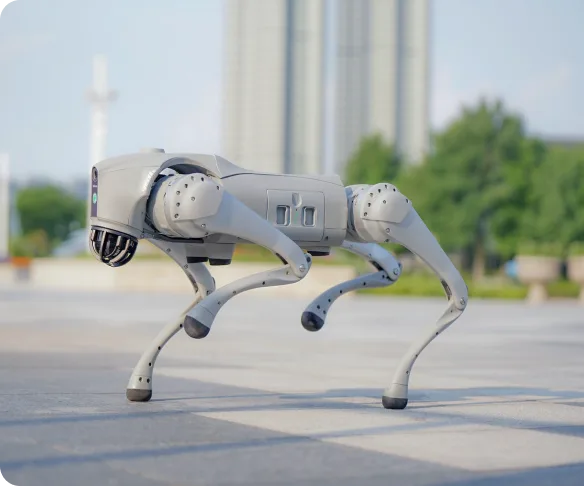
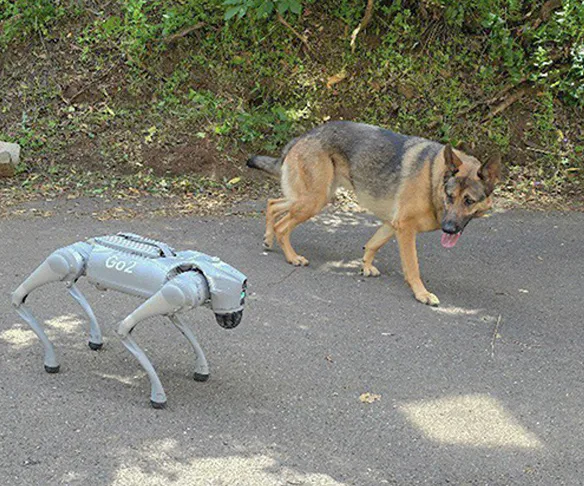
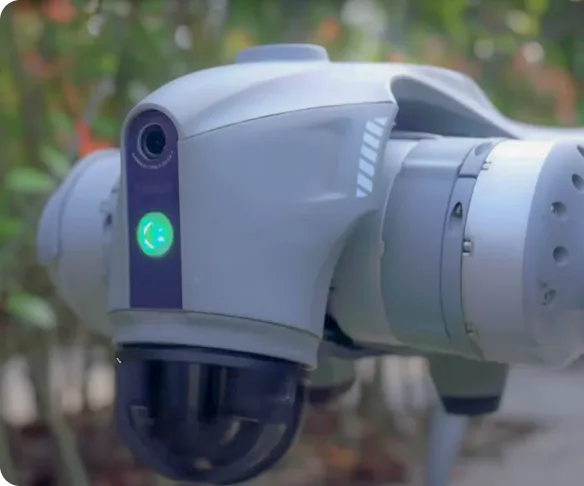
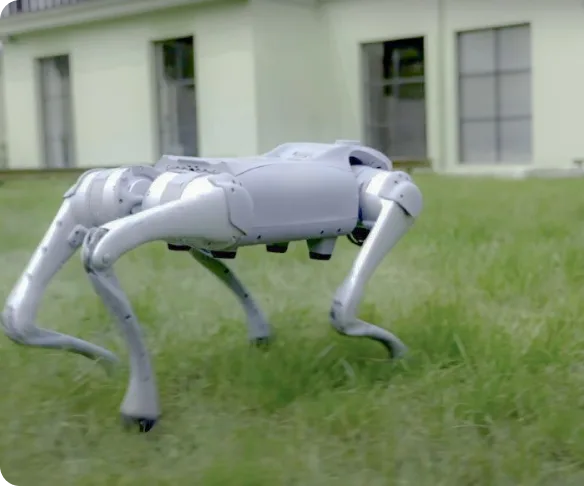
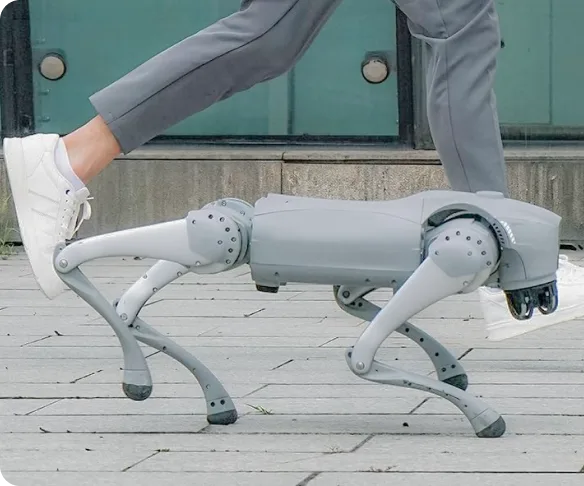

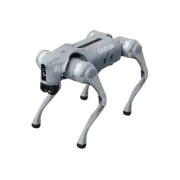



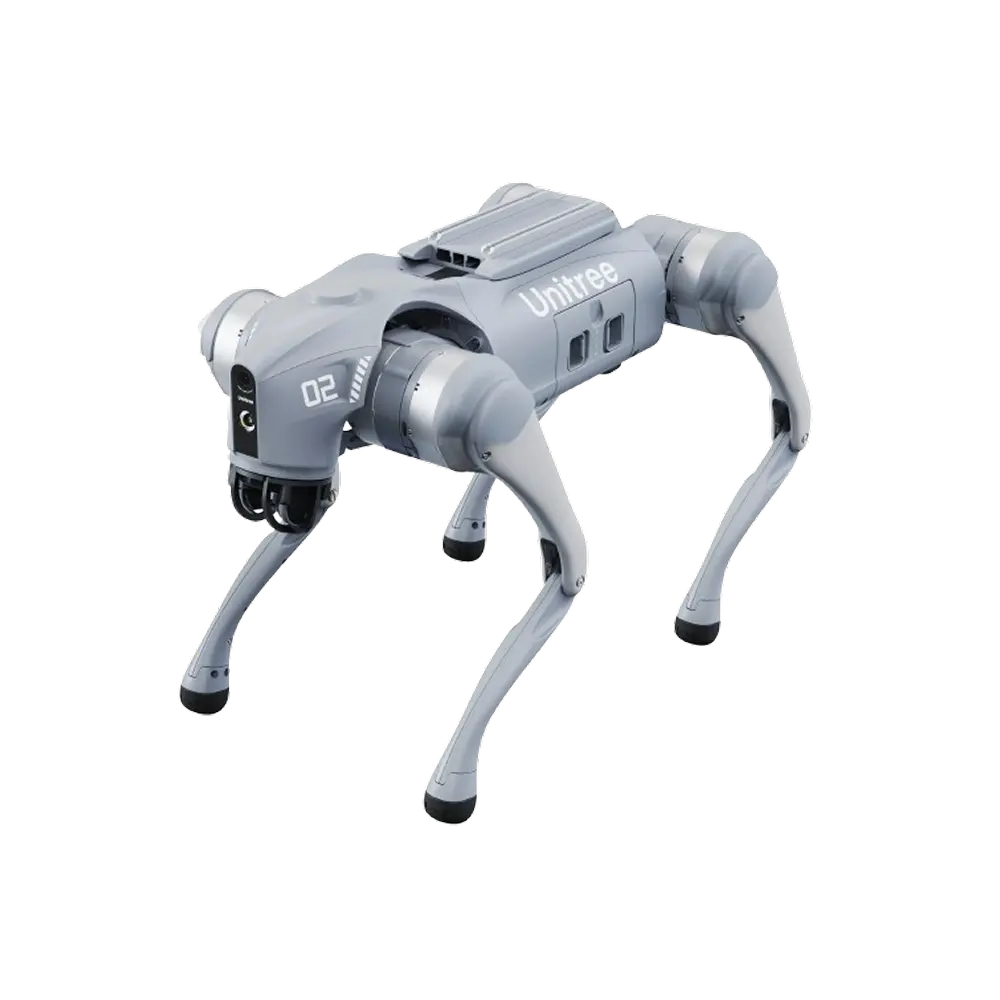

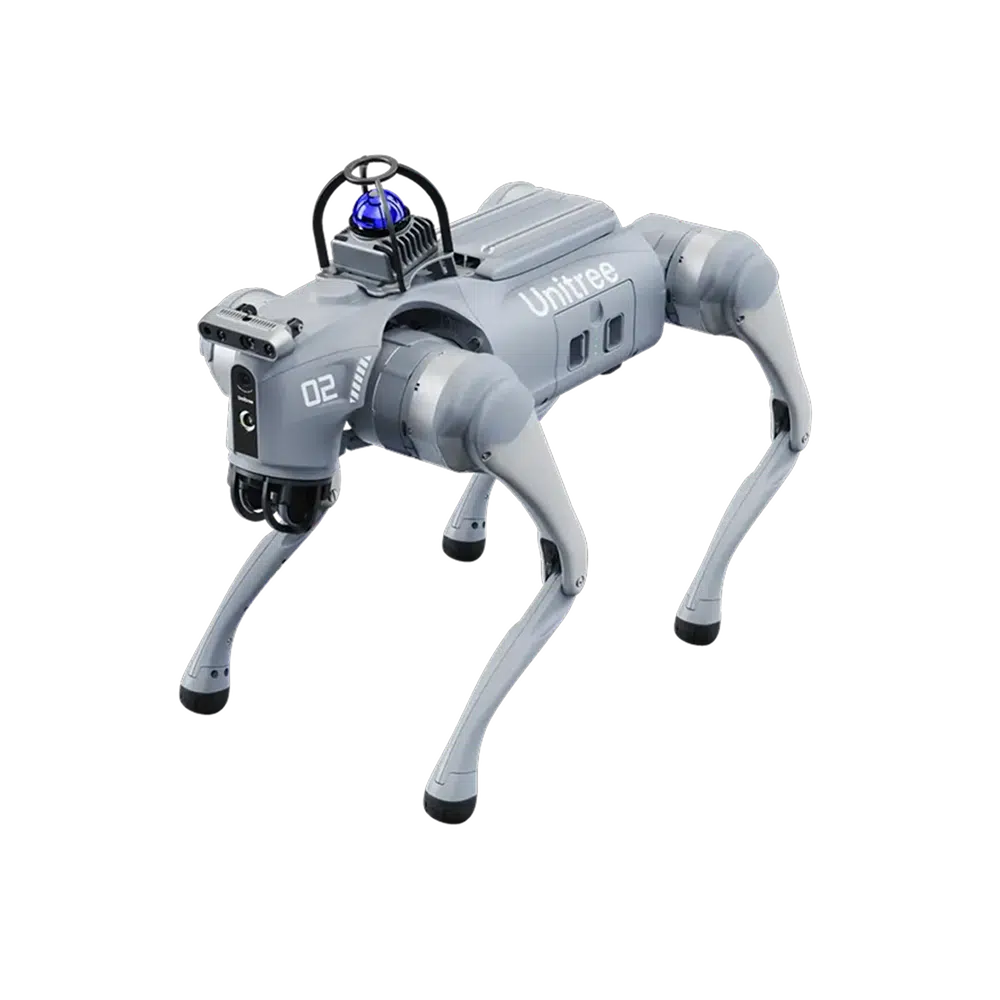
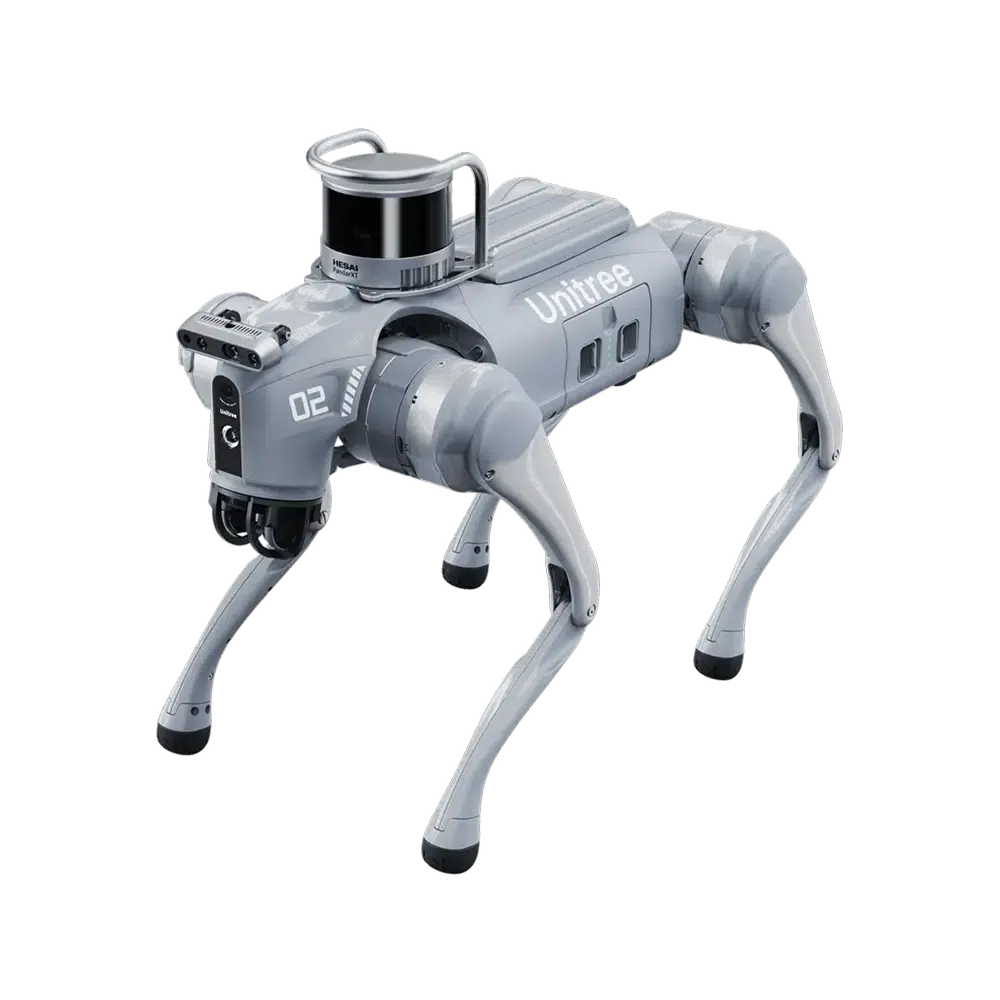











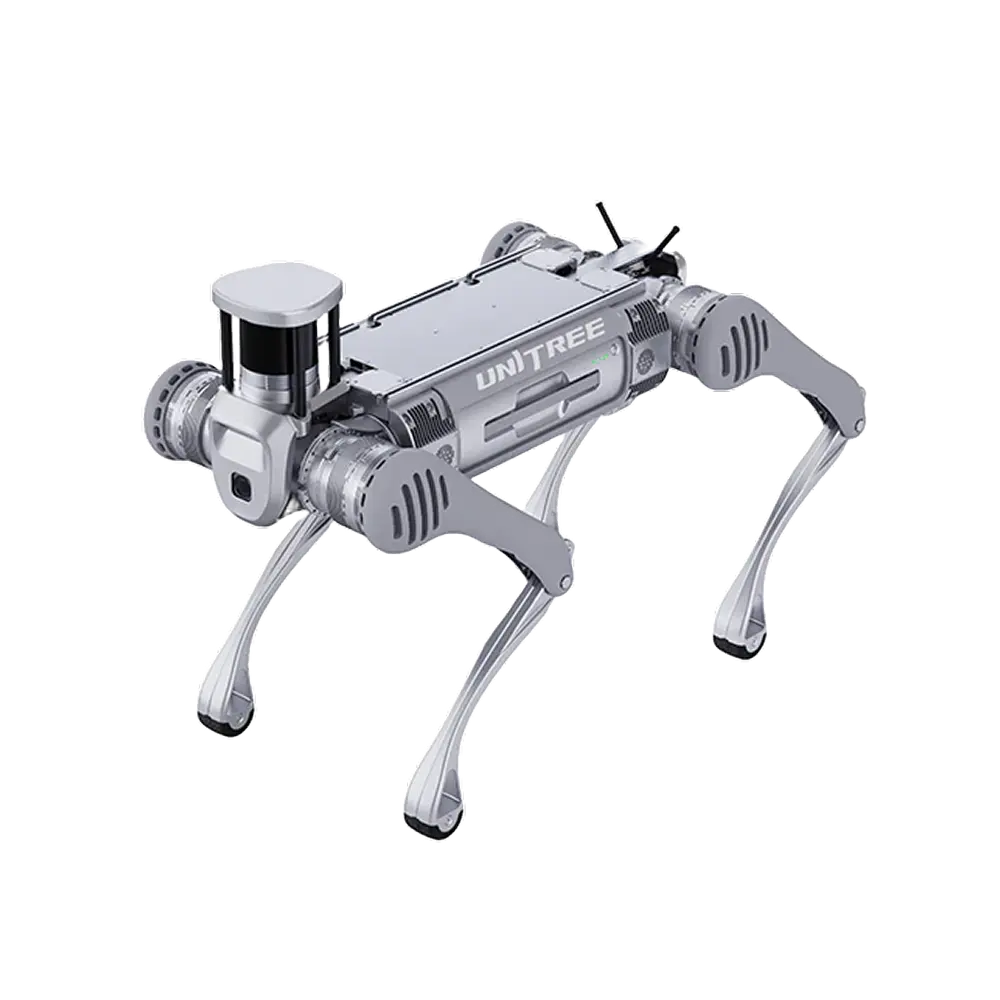
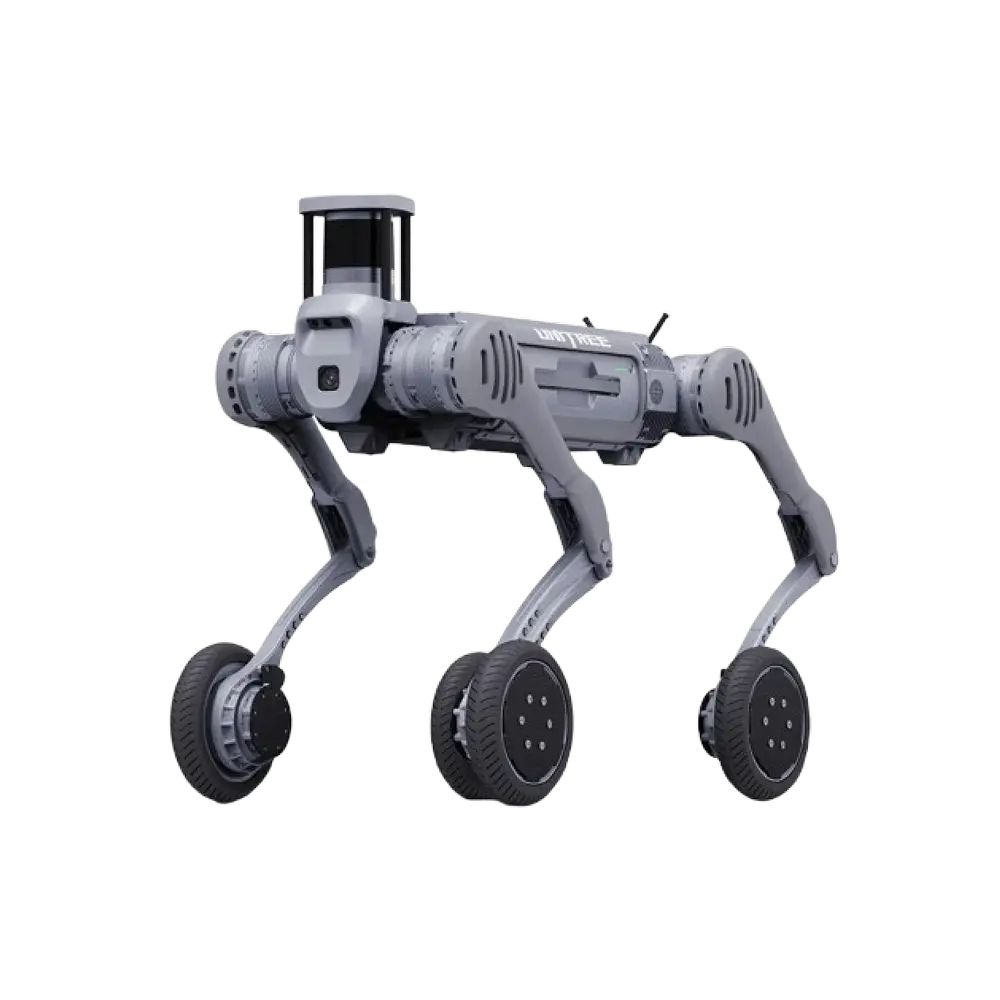
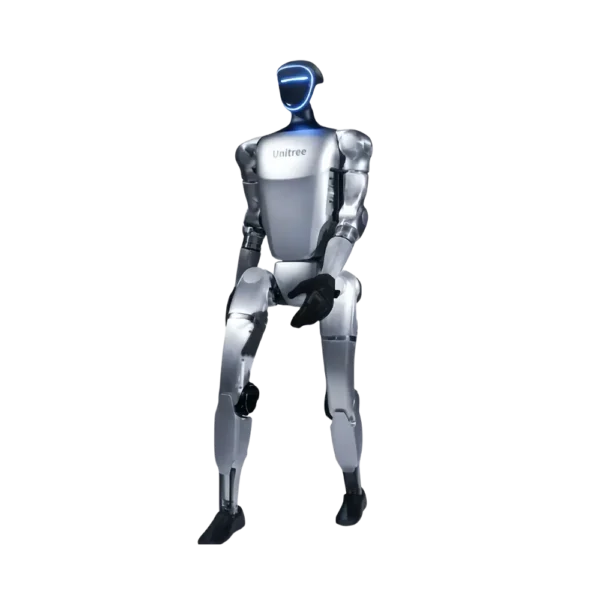
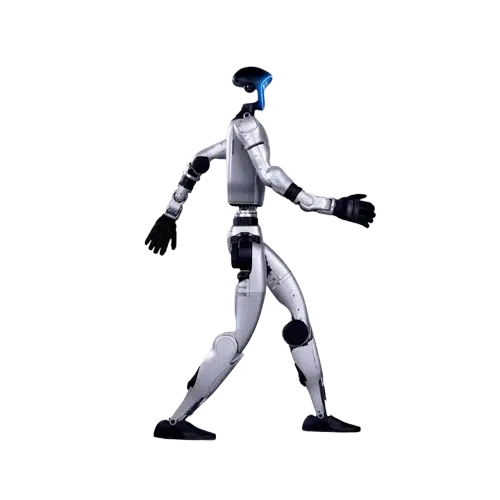
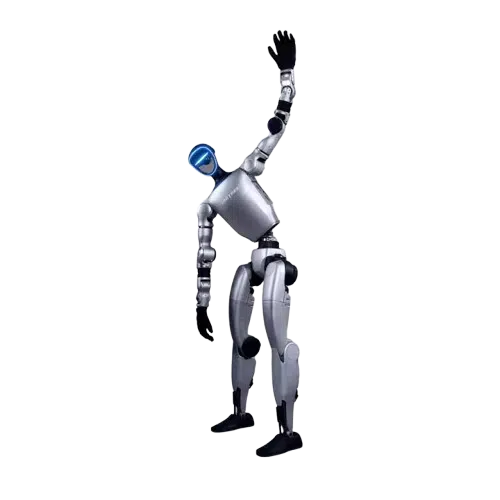
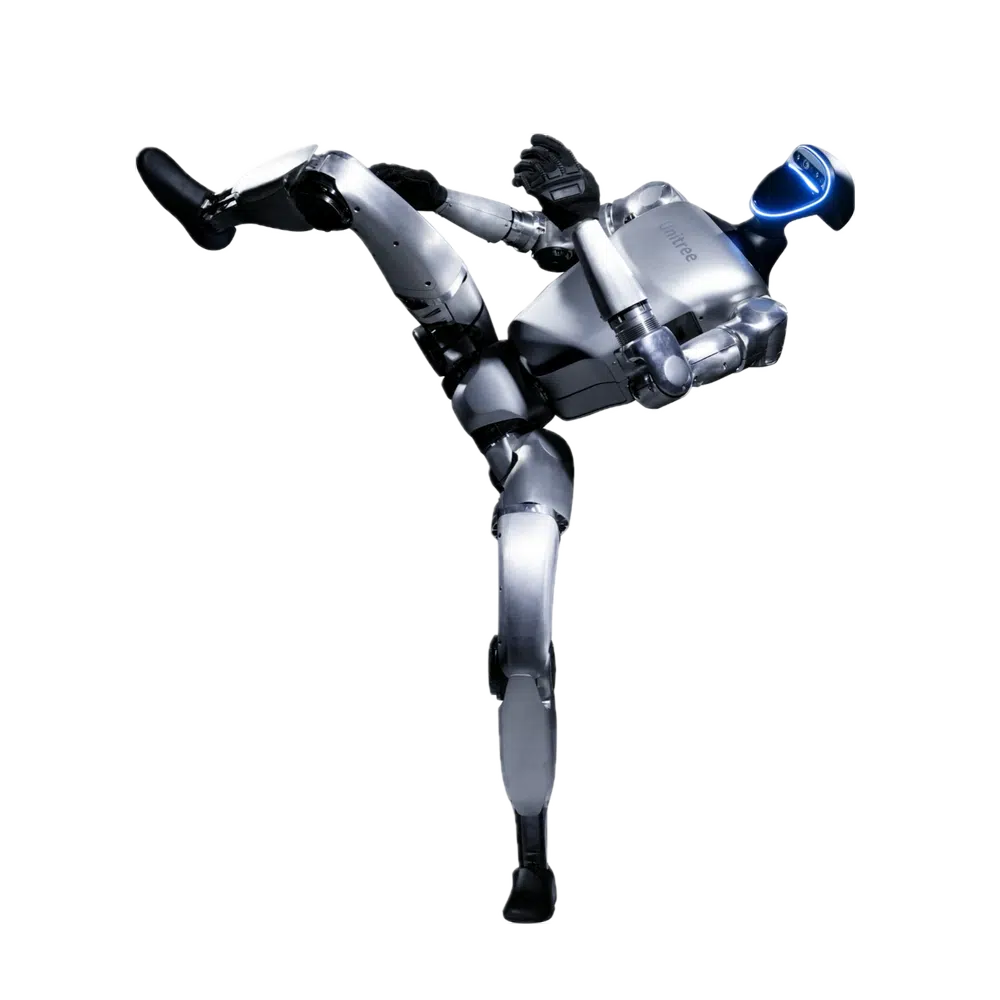

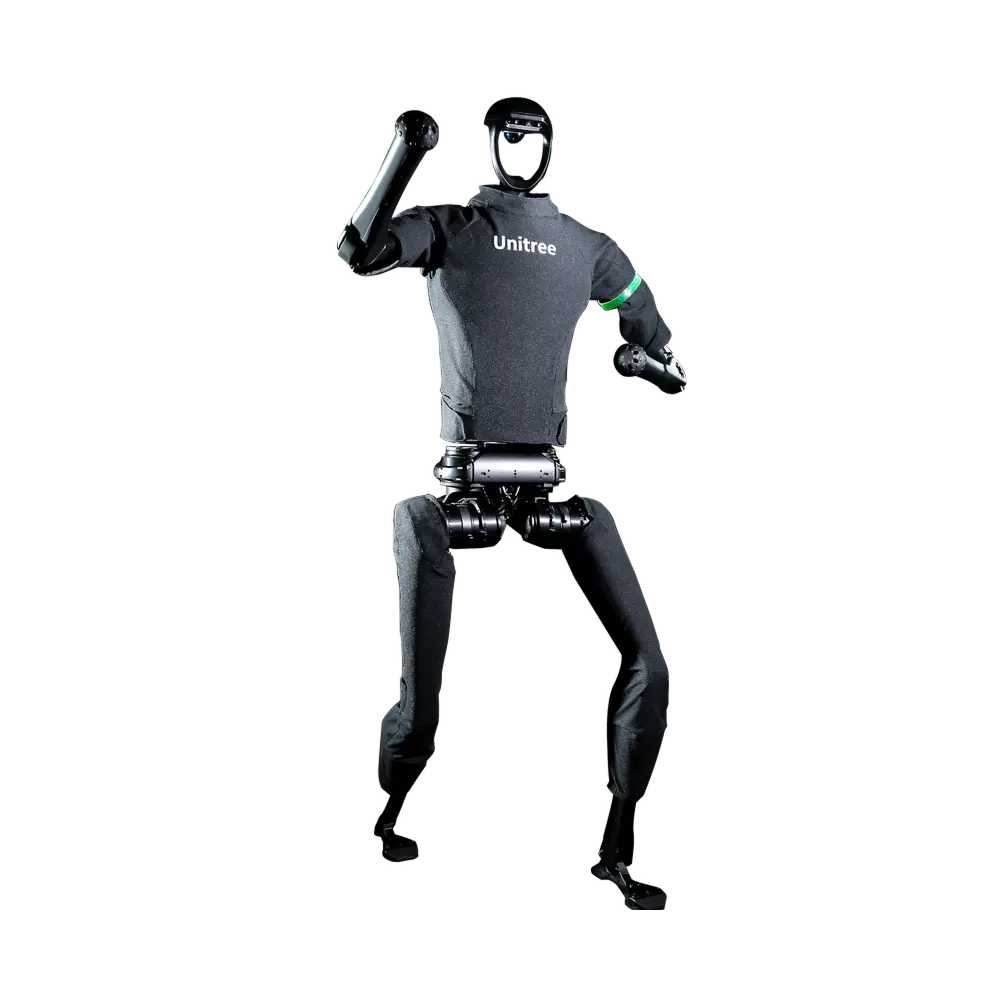
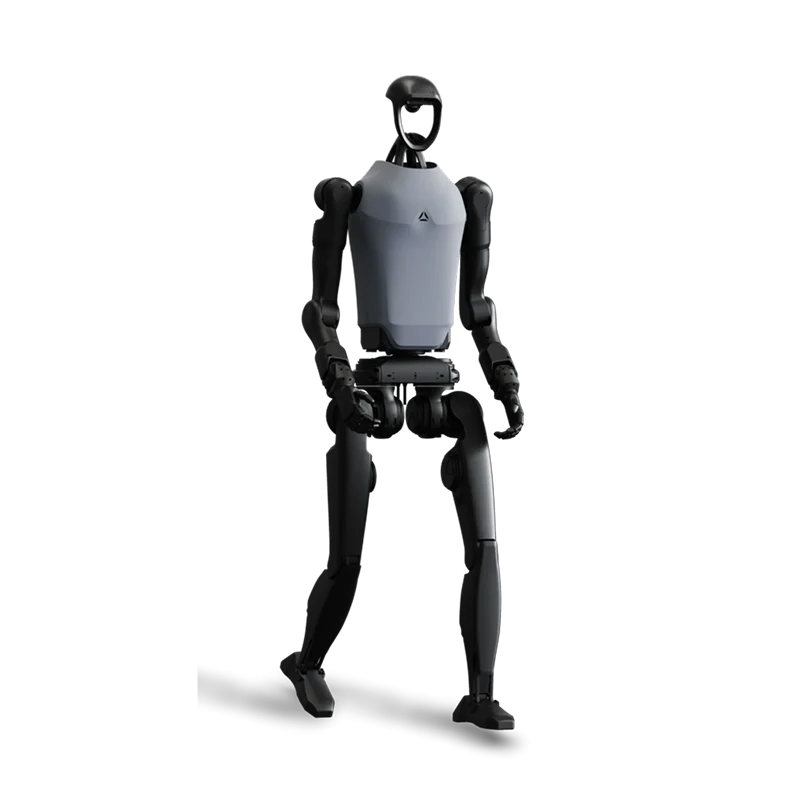

Comments are closed for this post.